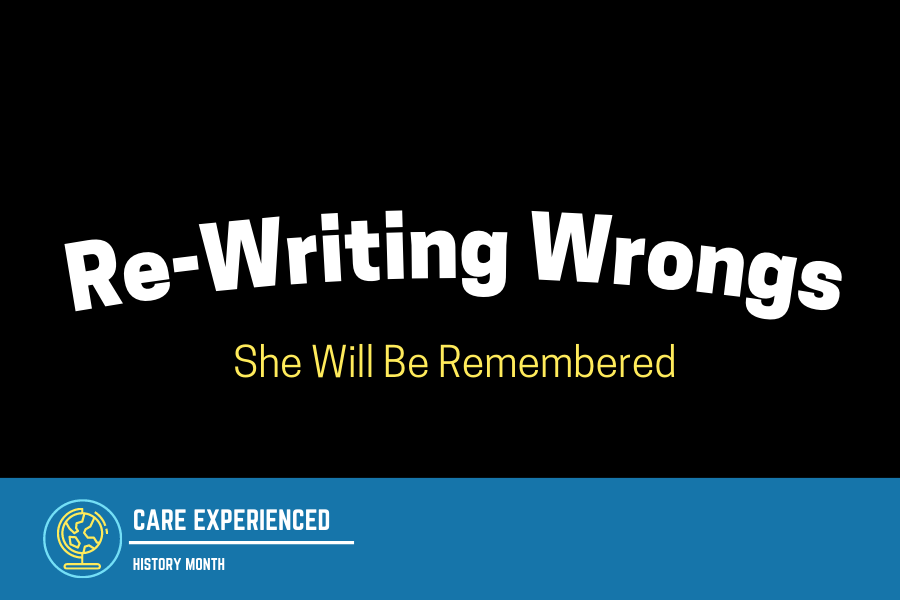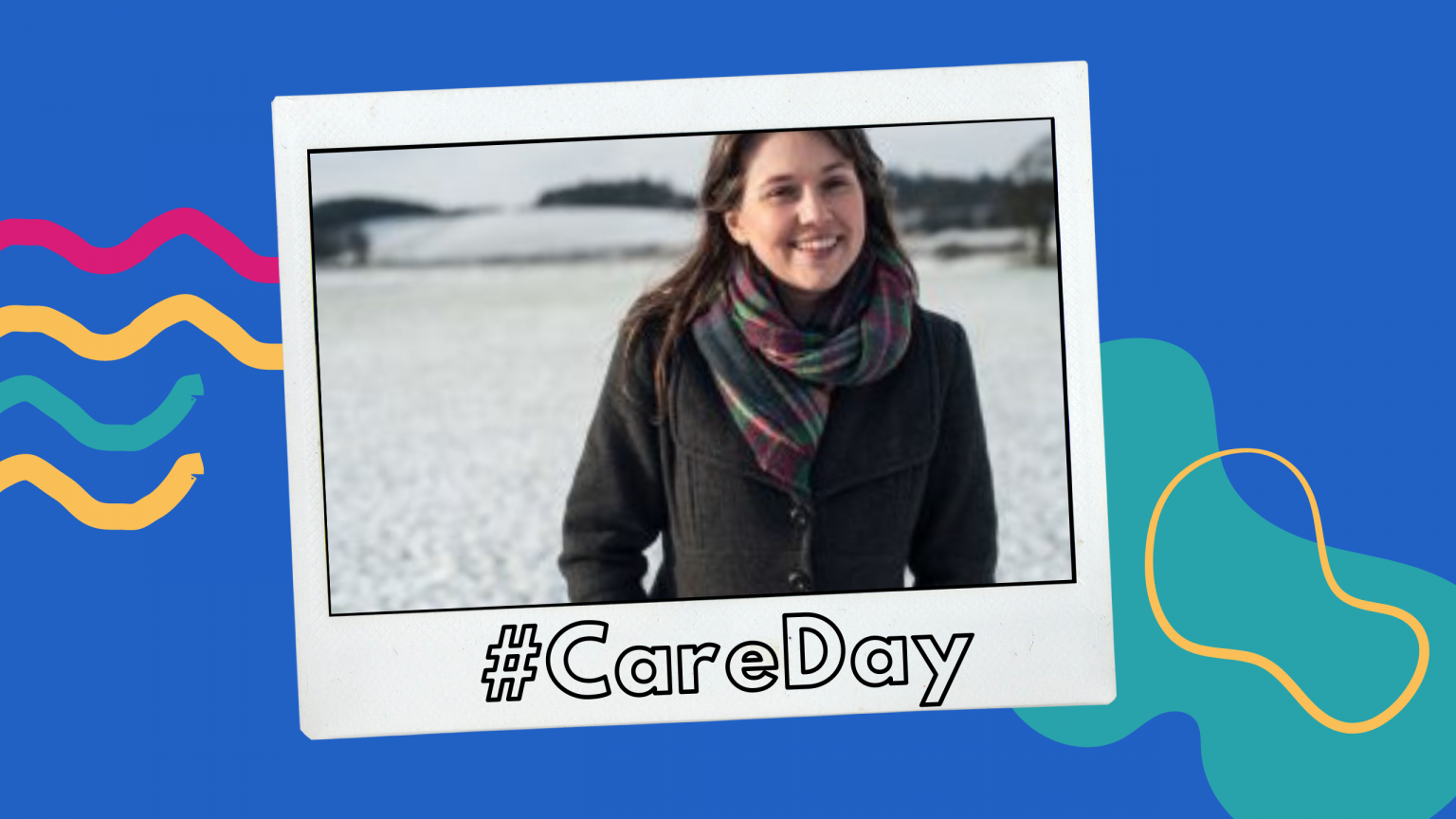Content warning: drugs, sexual exploitation and murder.
Junkie. This is how a beautiful person was referred to. She was labelled ‘Junkie’ by the writer of the 2007 article reporting on the life of a murderer.
That is how the writer decided to present this person to the public. Someone who had been in care – should have still been receiving true care – and had a serious drug dependency issue. The writer used the word not once, but three times in the short article. A throwaway word for a perceived throwaway life. The young woman in question could have been described in much more depth, with much more compassion, and she could have been elevated in the story to assume her rightful place as much more important than the mundane and base actions of the murderer in question. But then the narrative of people with experience of care has often been misrepresented or skewed.
It seems to me that the journalist was more interested in the salacious details of the murderer’s sex life, more focused on the ‘shock’ factor. Is the sex ‘angle’ so shocking? Are the details so interesting? Is it not enough to say that a man couldn’t control himself and exploited women for base pleasure? Is it not a lot less shocking than the fact a trained Social Worker preyed on someone he was charged with protecting? Should the focus not have rested on this point and then widened out to the even more shocking treatment of children in care in the 1980s? Because that is the BIG story, considering the statistics of how many from that era would go on to experience dependency issues, homelessness, and all the other negative outcomes their supposed ‘care’ was meant to avoid.
Why not highlight that shocking reality again and again, not stopping until action was taken. I feel, if more journalists and those working in the sector had pushed a bit harder, dug a little deeper, shouted a little louder, then the review of care that we have recently seen in Scotland wouldn’t have taken a further 30 odd years since that young woman’s death. She, who wore Victorian ruffs round her slender neck, who carefully dusted white her intriguing face with its high cheekbones, dressed like some beautiful ghost-like apparition from a Dickens novel, who loved to read, listen to music, smoke long thin cigarettes, and all the while carrying the unnecessary weights thrust upon her boney shoulders by uncaring or incapable adults.
This article speaks of the situation for this person and other children around at the time of this grotesque murder. To give an insight into how the very real lives of these children were impacted by a failure to properly care for them. Why? Because if we leave the narrative unchecked, if we don’t ‘write’ the wrongs, then those reading such historical accounts can be led to think that children and young adults who experienced care at that time were ‘junkies and bad kids’ instead of the potential successes each and every one of them could (and often if we care to look for those success stories) have been. That somehow it was their fault or acceptable, instead of holding a mirror up to society itself.
I was moved to a children’s home in a run-down poverty-stricken area of Dundee aged thirteen, the fourth placement in three years. For many people, due to the lack of employment and investment in the city, Dundee was often a bleak place during the eighties. Some of it had a bad reputation and was no welcome place for anyone who was ‘different’ or from another part of the country/world. Whilst – for example – the gay scene semi-flourished, it was behind closed doors, forced underground, because many people were openly homophobic. Also, bigoted or racist terms were commonplace in everyday parlance. Any flourishing happened because of the bravery and efforts of those fighting to wrest the narrative from their oppressors and change the unjust conditions in which they were forced to live. Let’s never pretend that Scotland is, or was, all banter and biscuits.
That is not to say everyone was as such. Dundee had much good too, and for every racist or bigoted comment there were just as many people saying and doing the right thing. For every member of staff who did not care there was another who genuinely cared. It’s just, that for many of us in care during the 80s, the outcome was almost engineered to be poor, failure by design. We were disposable. I remember hearing one care worker describe my friends and I as ‘jail fodder’ as we walked past. Sadder than that comment, was the fact we all seen jail as a pretty likely outcome. In fact, of the four of us that day. I know three of us did end up in prison.
Tragically, and something that Scotland should feel shame for, two of us died early and avoidable deaths. The number of children who go on to die early following a period of being ‘in care’ is something that shocks me every time I hear of another death, and sometimes triggers in me a succession of nightmares and stress as I remember those who’ve passed and how I too could have been one. The impact of care is lifelong. It is up to those doing the caring to ensure the impact is positive. Isn’t that what care is? Why didn’t that care worker say ‘I’m going to do all I can to buck the trend and ensure those boys stay away from Jail? The answer is simple, there just wasn’t enough ‘care’ for all children ‘in the system’.
This particular Children’s home had four ‘units’. A, B, C and D. It was a mixture of boys and girls aged between 8 and 16. Three of the units housed up to eight children each and the third unit consisted of two semi-independent flats for those aged 15 to get ready for ‘independent living’. In truth, they were mostly left to their own devices before being swiftly moved into low-quality housing in one of the housing schemes that make up the majority of Dundee (they may have seen a worker once a week if they were lucky). Housing schemes during the eighties were breeding grounds for gangs, drugs, violence, alcohol use, and all the other ingredients of the poisonous poverty soup concocted by a Conservative Government who cared not-a-jot for the inhabitants. Let’s be clear though, many of the people brought up in these schemes and/or in care, went on to great success in their lives, the drive and determination of humans is evenly spread throughout society and it is opportunity (or lack of), expectation, and support that mostly influence the path a person will take in life. Most of the negative outcomes were completely avoidable. The factual based evidence is available in numerous forms, if you care to read and understand how poverty works and what care should be.
The beautiful person with so much to offer the world, the one callously termed ‘junkie’ by the newspaper article, was a former resident. She had left the ‘home’ some time previously and I imagine he groomed her. He kept up a relationship to satisfy his base sexual fantasies. His behaviour around woman and young girls was noticeably wrong to us children. I find it hard to believe the adults around did not have the same concerns. The fact she died so young is – in my mind anyway – partly his fault. He was supposed to care for her, he was supposed to ensure she was safe and well. Her treatment at his hands is indicative of the lack of interest in the lives of many of the young people brought up in state care during the eighties. It needs to be said loud and clear, much of society had little care for us, there was no surprise that children like us would come to no good, end up in difficult situations or even dead. The narrative for many was, ‘that’s just the way it is’. Again – because it needs repeating until it stops – for every person I know from that time who has managed to succeed in their life I know of two others who have died or went on to have debilitating conditions that were mostly avoidable. It is to Scotland’s shame that this is the case. Much of it has been conveniently swept under the carpet. If a true study were to be done, I posit the results would be truly abhorrent.
So, I dedicate this writing to that beautiful Dundee Goth, one we would now herald as a trend setter, one whose photos should adorn the walls of a gallery, a woman I should be able to meet one day and tell how much I looked up to her for her individuality and uniqueness. She could have been such an inspiration to girls now, she could have lived her life to the full. I hope that there are still some who could be inspired by her story, the parts that show her as the individual she was, the bravery she showed in the face of such adversity, her head held high as she walked away from the mocking laugh of idiot comments. She inspires me to this day, and she will be remembered.
I also ask that writers carefully consider the importance of respecting an individual and their life, never to refer to someone in any other way than one that portrays them as equally valuable to all others. That, for the public at large, for them to better understand the issues prevalent in the lives of young people who grew up in a society that allows children to be mistreated, that the bigger story is that mistreatment. Let’s create the shock at the way in which some children were othered for no fault of their own. Let’s create the interest in making sure that doesn’t happen again. Let’s ‘write’ the wrongs of the past narrative attached to children, who by no fault of their own, were let down by the very people with the responsibility to care for them. We can all take on that responsibility and some of us may even want to write some wrongs of our own. I encourage that wholeheartedly.
Re-writing wrongs is a blog series for people to submit pieces of work that have re-written a moment or article from the past which includes Care Experienced people. To submit work to be considered for inclusion, you can email comms@whocaresscotland.org.







